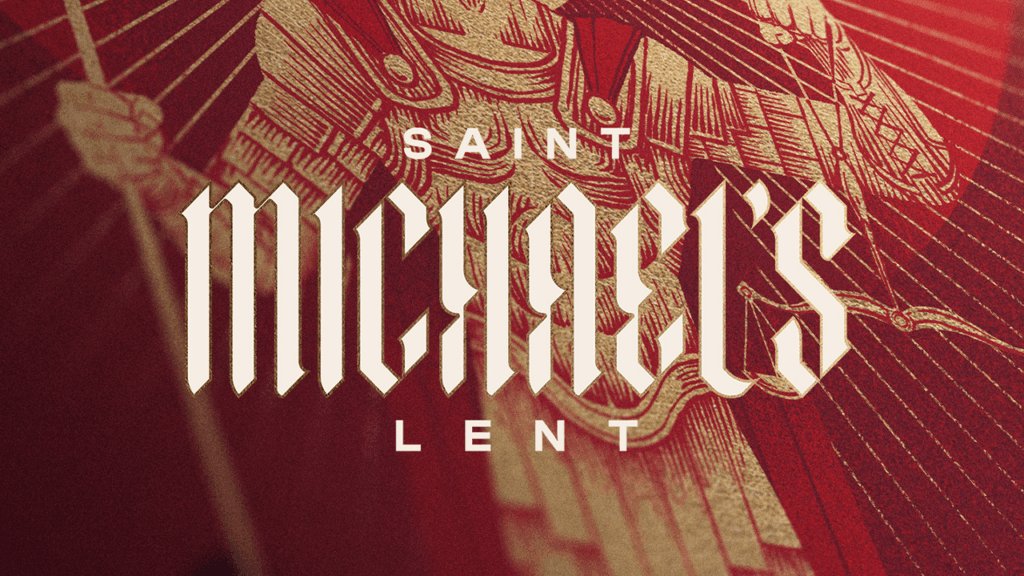We have taken a bit of a tour already, working our way from the Bible to the brewing monks and to the renewal of craft brewing in our country.
Beer has the amazing quality of being able to transport us to particular times and places.
You can imagine drinking a brown ale in an English pub, a Belgian strong ale at a monastery café, and a hoppy IPA at an American micro-brewery.
There are so many local techniques and styles that have been built up over the centuries.
Local beer preserves ancient customs and traditions, even as we have developed technology to fine-tune the brewing process.
Once again, we cannot get carried away with the possibilities of beer, yet, it does give us a little glimpse of getting connected to local culture.
In our disconnected time, there is something so refreshing about walking down to your local brewpub to try out the new creations made by you local brewers.
The brewpub also provides a great gathering place.
There is also a long tradition here, as we see the German and Austrian beer gardens.
Brewers planted chestnut trees over beer cellars, and the trees provided the perfect place for families to picnic on Sundays, bringing their own food.
It is fun to explore unique beers from around the world, such as the lambics brewed using the wild yeasts of Belgiu, Italian beers that draw on the country’s culinary prowess, those aged in Kentucky oak barrels, or Bavaria’s wheat beers for starters.
Even better than this sampling tour of the world’s beer, we can take a pilgrimage through the world’s monastic beers and cheeses.
Germany has the oldest beers in the world, such as from Weltenburg Abbey, dating back to the year 1050.
We can taste the fruits of many religious communities, with beers brewed by Augustinians, Norbertines, Franciscans, and, of course, Benedictines.
Trappists (one strand of the Benedictine tradition) are known as some of the world’s top brewers, and they preserve traditional methods of brewing strong and flavorful ales.
Great Trappist beers to try first are Chimay, Orval, and Westmalle.
Newcomers to the Trappist brewing tradition, however, can be seen in England, Austria, Italy, and even St. Joseph’s Abbey in Spencer, Massachusetts.
Can beer help us renew culture?
Culture ultimately is about community.
Beer, in moderation and consumed in friendship, can play a small role in gathering people together for conversation and building up community.
Microbrews show us that we can push back against the mass economy by supporting small businesses.
One of the benefits to the local economy can be seen in that while the total volume of beer consumed has gone down in recent years, there have been more brewing jobs because purchases of craft beer, which is more labor intensive, have increased.
Rebuilding culture will begin in small ways, like putting down our phones, prioritizing other people, learning how to make things, and focusing on our local economy.
What is the culture of your home like; is it one of hospitality or one that rarely hosts others?
If it’s prudent, buy some local craft beer.
Then take some time to look at your calendar and figure out when you can next invite a group of brothers— known or unknown— over to your house to help you enjoy your recent investment in community. alcohol if you began buying beer only from micro-breweries in your area?




